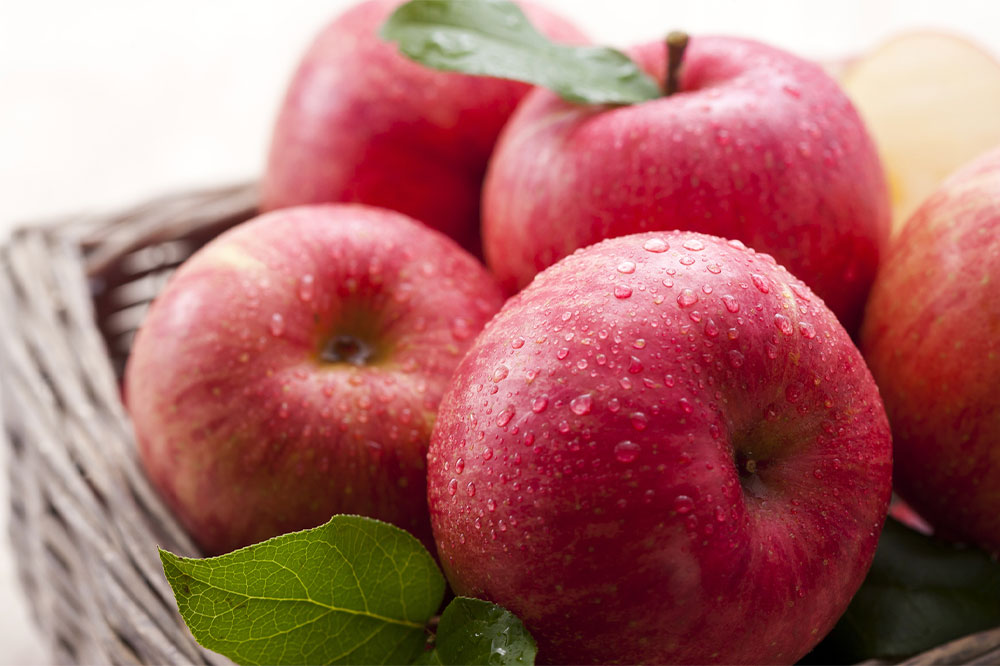
5 mistakes to avoid before bed for better sleep
Have you ever woken up feeling tired and lethargic despite sleeping for seven to eight hours at night? It could be due to poor sleep quality. Disturbed sleep influences the rest of your day: how you think, your performance at work, and other tasks. The causes of poor sleep are many, including a faulty mattress, distractions in your room, or a heavy dinner. Avoiding the following mistakes before bed can help you sleep better: Staring at a screen Using gadgets close to bedtime is probably the most common mistake in the digital age. The blue light emitted from screens affects the production of a specific hormone responsible for inducing sleep and regulating the circadian rhythm. Apart from the blue light emission, the television or mobile phone sound can be a distraction that keeps you awake. High noise levels create lots of mental stimulation and disturbance, preventing the brain from shutting down. Hence, it is advisable to avoid using phones, televisions, and laptops for at least an hour before bed. Exercising Exercise is among the best solutions for good health, but you must do it at the right time. Physical activity late in the evening or at night hampers sleep patterns by increasing stress and raising body temperature.
Read More 










